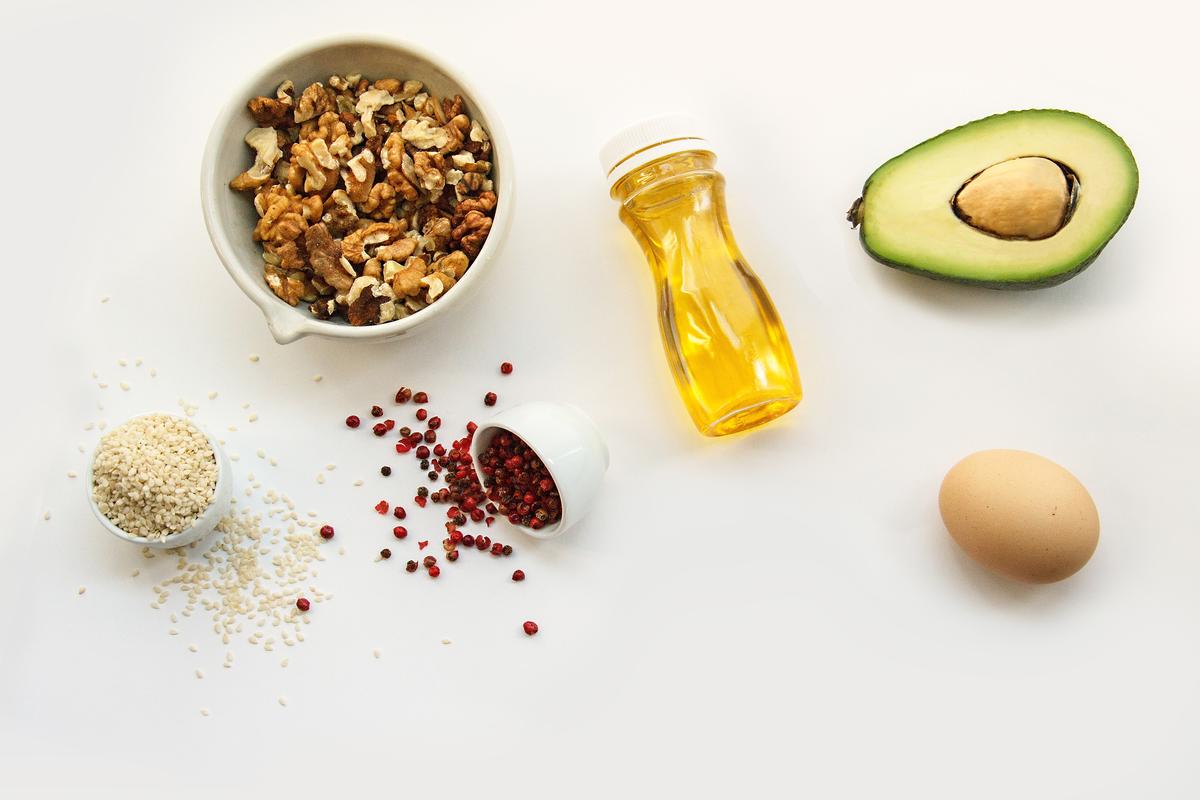Inflation has driven up the prices of food, gas, rent, and healthcare, making it challenging to maintain a healthy diet on a budget. However, with some strategic planning and smart choices, you can still enjoy nutritious meals without breaking the bank. In this article, we will explore various ways to eat healthy while keeping your wallet in check.
Introduction
In today’s economic climate, it’s becoming increasingly challenging to maintain a healthy diet without straining your finances. But fear not! With some strategic planning and mindful choices, you can still nourish your body without overspending. This article will provide you with valuable tips and tricks for eating healthy on a budget.
Meal Planning: Your Key to Savings
One of the most effective ways to eat healthily on a budget is through meal planning. By preparing a weekly menu, you can make a shopping list that includes only what you need, reducing impulse purchases and food waste. It’s a win-win situation for your health and your wallet.
Smart Grocery Shopping
When you hit the grocery store, stick to your list. Avoid the temptation to buy items that are not essential to your planned meals. Additionally, consider purchasing store-brand products and comparing prices to find the best deals on healthy essentials.
Cooking Tips for Budget-Friendly Meals
Cooking at home is not only healthier but also more cost-effective than dining out. Experiment with budget-friendly recipes that make the most of affordable ingredients. You’ll be surprised at how delicious and nutritious homemade meals can be.
Embrace Frozen Berries
Fresh berries can be expensive, especially when they are out of season. However, frozen berries like blueberries, strawberries, and blackberries offer a cost-effective alternative while maintaining similar nutrition. They are perfect for smoothies, oatmeal, or as toppings for yogurt.
Leafy Greens: Fresh vs. Frozen
Leafy greens like spinach, chard, and kale are packed with vitamins and minerals. While fresh greens are excellent, they can be costly. Consider buying frozen varieties, which are more budget-friendly. Although they might not be as crisp as fresh ones, they retain their nutritional value when cooked.
The Versatility of Root Vegetables
Root vegetables, such as sweet potatoes and squashes, are not only affordable but also have a longer shelf life compared to some other fresh produce. They are versatile ingredients that can be used in various dishes, from soups to roasted sides.
Reduce Meat Consumption
The rising prices of meat can put a strain on your budget. To combat this, consider reducing your meat consumption and incorporating more plant-based foods, whole grains, and vegetables into your diet. Plant-based proteins like tofu and beans can be a budget-friendly alternative.
The Power of Legumes
Legumes, like dried beans, are a cost-effective and sodium-free protein source when prepared in advance. They can be used in soups, stews, salads, and various other dishes. Plus, they are an excellent source of fiber, which promotes a feeling of fullness.
Cabbage: The Budget-Friendly Superfood
Cabbage is an unsung hero of budget-friendly healthy eating. It’s inexpensive, versatile, and can replace pricier greens in recipes. Additionally, it serves as a good low-potassium substitute for cooked greens, making it suitable for those with dietary restrictions.
Indulge Wisely with Dark Chocolate
For dessert lovers, dark chocolate chips are an excellent choice. They are not only lower in calories but also potentially healthier than traditional sweets. Enjoy them mindfully, savoring the rich flavor without overindulging.
Consider Gardening
If you have the space and interest, gardening can be a rewarding way to access fresh produce without the high costs. Growing your vegetables and herbs not only saves money but also ensures that you have access to nutritious ingredients.
Maintaining Healthy Eating Habits
In conclusion, maintaining a healthy diet on a budget is possible with the right strategies. By meal planning, making smart grocery choices, and embracing budget-friendly ingredients, you can nourish your body without emptying your wallet. Remember, it’s all about making informed decisions and prioritizing your health.
FAQs
1. Can I really save money by cooking at home?
Absolutely! Cooking at home is generally more cost-effective than dining out, and it allows you to control the ingredients and portion sizes.
2. Are frozen vegetables as nutritious as fresh ones?
While fresh vegetables are ideal, frozen vegetables retain most of their nutrients and are a budget-friendly alternative.
3. How can I make plant-based meals more satisfying?
Incorporate sources of plant-based protein like beans, lentils, and tofu, and experiment with flavorful seasonings and sauces.
4. Is gardening difficult for beginners?
Not at all! Many vegetables and herbs are beginner-friendly, and you can start small with a few pots or a small garden bed.
5. How do I resist the urge to splurge on unhealthy snacks?
Practice mindfulness when shopping, and opt for healthier alternatives like dark chocolate for occasional treats.
Remember, with determination and smart choices, you can eat healthy on a budget and still enjoy delicious meals that nourish your body. For more tips and resources, access our guide here.


